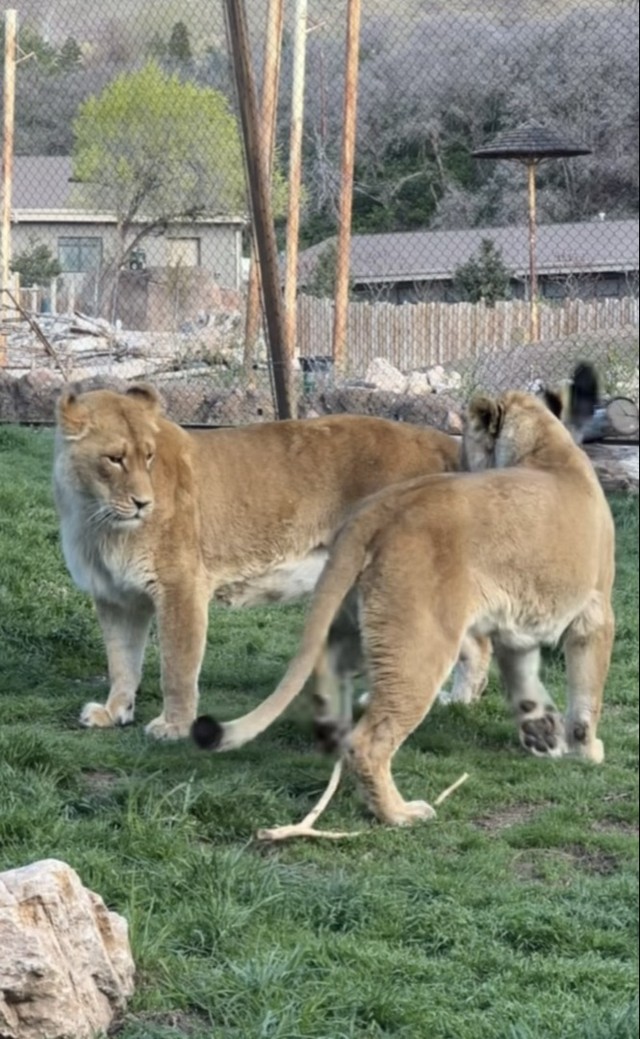- Embracing Playfulness: The Role of Zoos in Animal Enrichment
- The Importance of Zoo-Based Wildlife Conservation Efforts
- Educational Opportunities at Zoos for Visitors
- Balancing Animal Welfare with Public Engagement
- The Future of Zoos in Promoting Biodiversity
Zoos offer a unique opportunity to embrace your playful side while engaging with wildlife in a safe, controlled environment. This weekend, as you let loose, consider how zoos serve a purpose beyond entertainment. They are critical hubs for animal enrichment, wildlife conservation, education, and biodiversity promotion.
Embracing Playfulness: The Role of Zoos in Animal Enrichment
At the heart of any zoo visit is the delight and fascination that come with observing animals up close. Beyond the enjoyment, zoos prioritize animal enrichment, which is crucial for the psychological well-being of captive wildlife. Enrichment activities encourage natural behaviors and stimulate mental activity. This can include puzzle feeders, objects to manipulate, or habitats with varied terrains and hiding spots.
A well-enriched environment helps animals exhibit species-specific behaviors, reduces stress, and enhances their quality of life. Zoos employ experts who create and implement enrichment programs, drawing on knowledge of animal behavior, to foster environments where animals flourish. As visitors witness these activities, they gain awareness of animal needs and welfare considerations, bridging the gap between casual observation and compassionate understanding.
The Importance of Zoo-Based Wildlife Conservation Efforts
Zoos play a pivotal role in conservation. Many species face threats like habitat destruction, poaching, and climate change. Zoos act as conservation sanctuaries, participating in breeding programs, habitat restoration initiatives, and global research efforts. These establishments collaborate worldwide to maintain genetic diversity and reintroduce endangered species into their natural habitats.
For instance, the successful reintroduction of species such as the black-footed ferret and the Arabian oryx underscores the critical conservation work undertaken by zoos. These programs rely on meticulous data collection, genetic research, and collaboration with conservation organizations. As guests explore zoos, they are not merely observers but participants in a broader mission to safeguard wildlife.
Educational Opportunities at Zoos for Visitors
Zoos are educational goldmines. They offer insights into animal behavior, ecology, and conservation, encouraging visitors to deepen their understanding of the natural world. Through interactive exhibits, guided tours, and educational programs, zoos inspire curiosity and foster learning among children and adults alike.
Understanding the role of apex predators in ecosystems, the symbiotic relationships within rainforests, or the migratory patterns of birds enriches visitors’ knowledge. Educational outreach extends beyond zoo walls, with institutions often partnering with schools and community groups to spread awareness and foster an appreciation for biodiversity.
Balancing Animal Welfare with Public Engagement
Zoos face a constant challenge of balancing animal welfare with public engagement. Ensuring animals have ample space and enriching environments while making them accessible to the public is a complex task. Initiatives to improve habitats often drive innovation in enclosure design, focusing on naturalistic settings that promote both the comfort of the animals and the educational experience of the visitors.
Modern zoos emphasize transparency in animal care practices, educating visitors about the critical need for ethical treatment and conservation efforts. This dual focus helps align visitor expectations with the zoos’ mission to serve as stewards of wildlife and educators of the public.
The Future of Zoos in Promoting Biodiversity
As global biodiversity faces unprecedented challenges, zoos have an increasingly important role in conservation strategies. They are evolving into biodiversity centers, emphasizing not just the preservation of individual species but the maintenance of entire ecosystems. They offer a unique platform to raise awareness and cultivate environmental stewardship.
By participating in regional conservation efforts and international collaborations, zoos contribute to the resilience of ecosystems. As visitors engage with these efforts, they are encouraged to adopt sustainable practices in their own lives, enhancing conservation outcomes globally.
Engagement at zoos goes beyond just observing animals; it involves participating in a broader conversation about the responsibility we share in protecting our planet. This weekend, as you answer the zoo’s call and embrace your playful side, remember the significant role zoos play in conservation, education, and the promotion of biodiversity.
*****
Source Description
This is your sign to embrace your playful side this weekend 🐾 at the zoo is calling!


